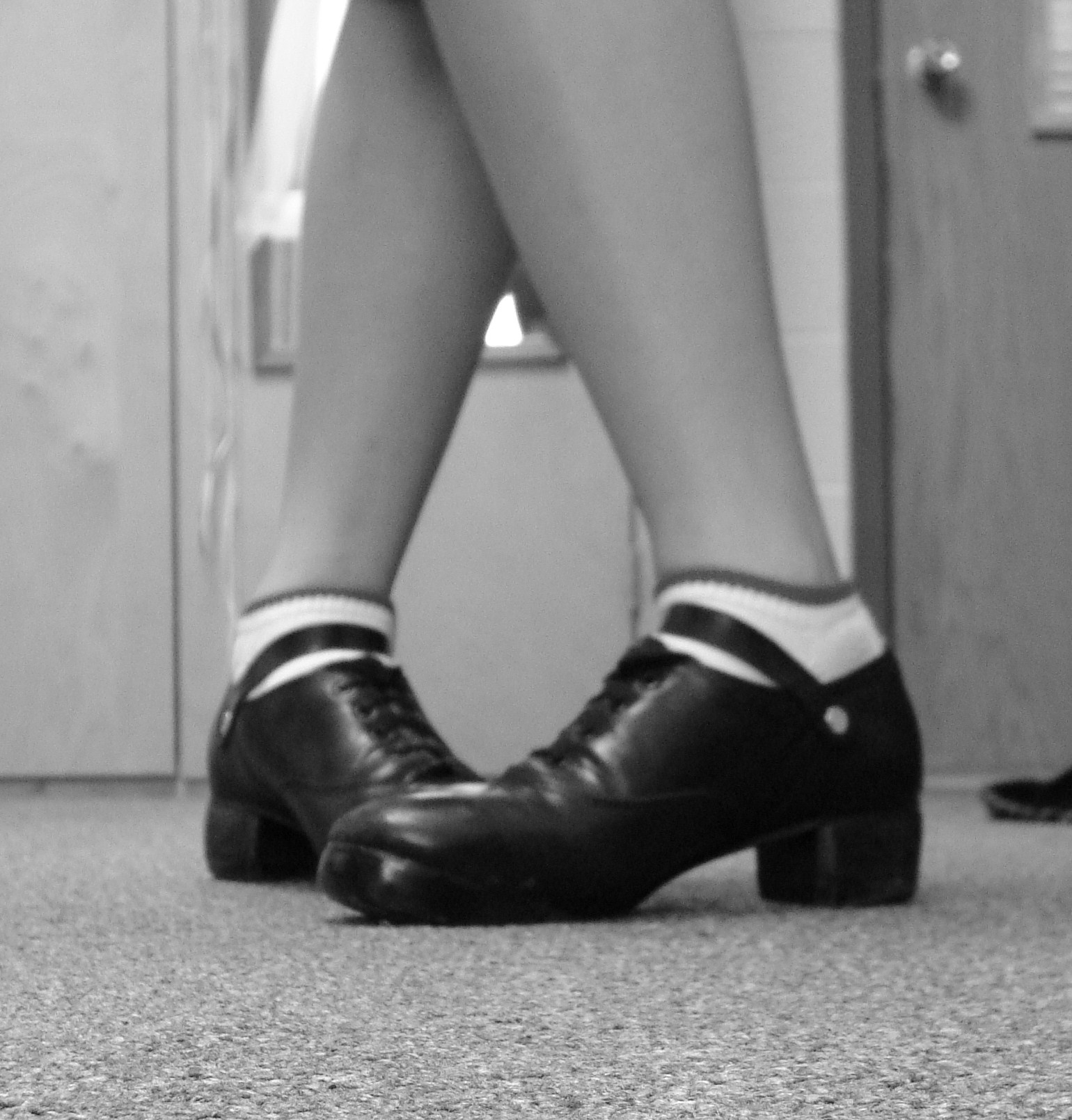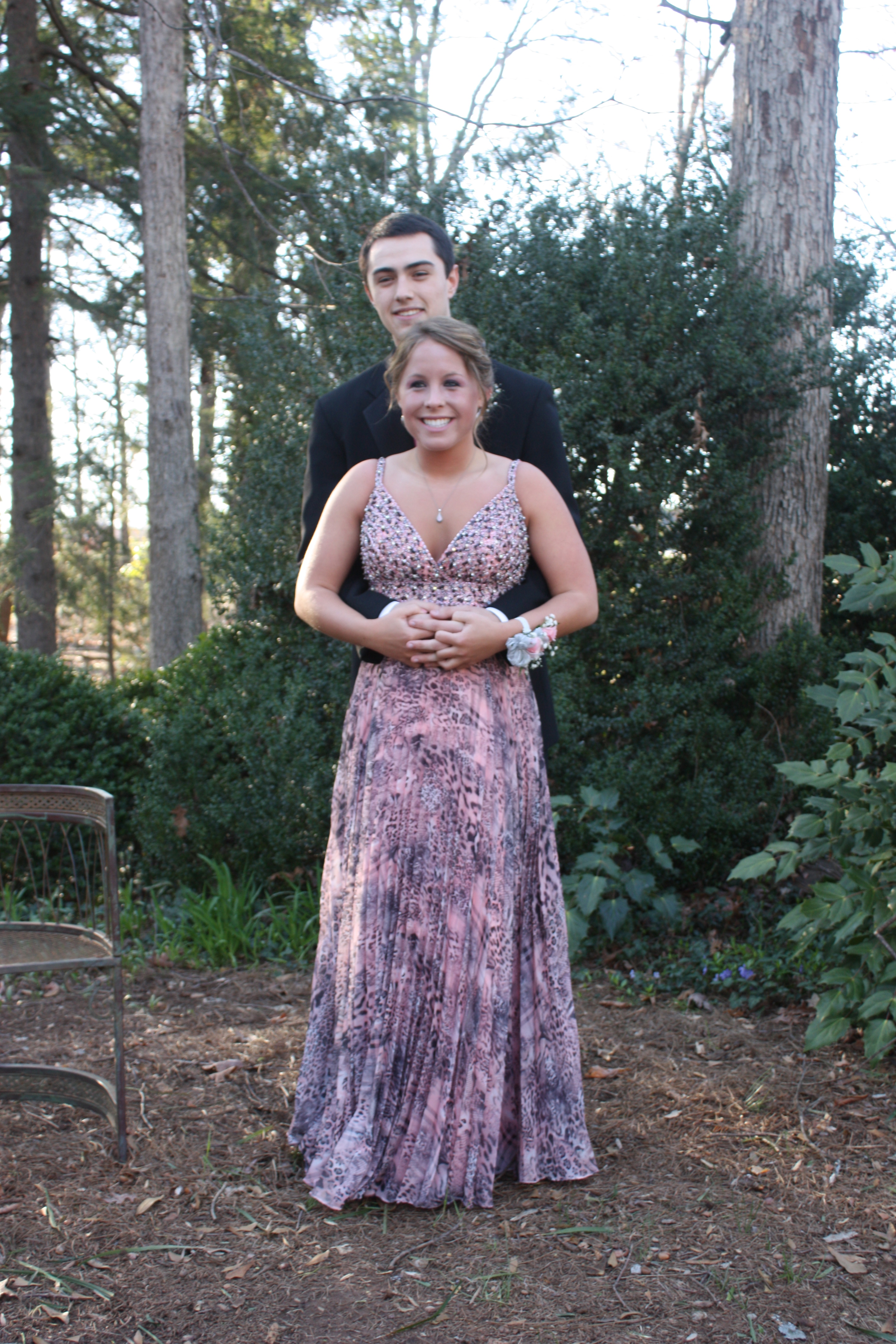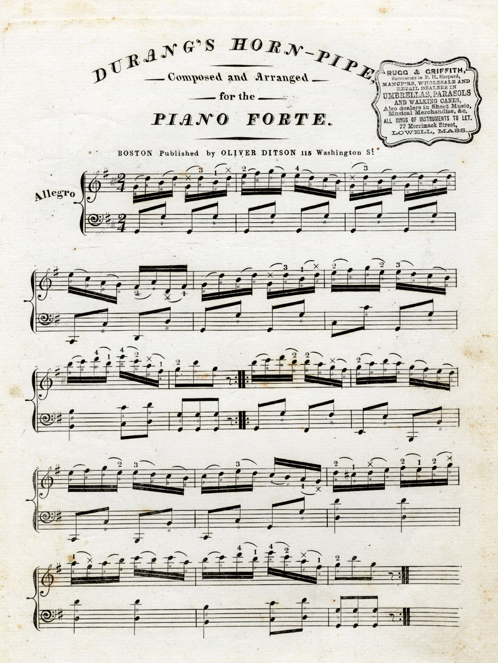|
Virginia Reel (dance)
The Virginia reel is a folk dance that dates from the 17th century. Though the reel may have its origins in Scottish country dance and the Highland reel, and perhaps have an even earlier origin from an Irish dance called the Rinnce Fada, it is generally considered to be an English country dance. The dance was most popular in America from 1830–1890. The Virginia reel was a popular dance, and in each area there would be slight differences. This has given rise to a large number of dances called the Virginia reel. All of the versions have certain similarities, such as the reel figure. Today, Virginia Reel is one of the traditional dances danced in Finland by upper secondary school students in their prom Vanhojen tanssit. The dance Described below is one version of the Virginia reel. The dancers usually line up in two lines of 5-8 couples, partners facing each other. Traditionally men would line up on one side, and women on the other, but that is not necessary. The lines have ... [...More Info...] [...Related Items...] OR: [Wikipedia] [Google] [Baidu] |
Reel (dance)
The reel is a folk dance type as well as the accompanying dance tune type. Of Scottish origin, reels are also an important part of the repertoire of the fiddle traditions of the British Isles and North America. In Scottish country dancing, the reel is one of the four traditional dances, the others being the jig, the strathspey and the waltz, and is also the name of a dance figure (see below). In Irish dance, a reel is any dance danced to music in ''reel time'' (see below). In Irish stepdance, the reel is danced in soft shoes and is one of the first dances taught to students. There is also a treble reel, danced in hard shoes to reel music. History The reel is indigenous to Scotland. The earliest reference was in a trial of 1590, where the accused was reported to have "daunced this reill or short dance." However, the form may go back to the Middle Ages. The name may be cognate with or relate to an Old Norse form, with Suio-Gothic '' rulla'', meaning "to whirl." This became Anglo ... [...More Info...] [...Related Items...] OR: [Wikipedia] [Google] [Baidu] |
Scottish Country Dance
Scottish country dance (SCD) is the distinctively Scottish form of country dance, itself a form of social dance involving groups of couples of dancers tracing progressive patterns. A dance consists of a sequence of figures. These dances are set to musical forms (Jigs, Reels and Strathspey Reels) which come from the Gaelic tradition of Highland Scotland, as do the steps used in performing the dances. Traditionally a figure corresponds to an eight-bar phrase of music. Country dancing, which is arguably a type of folk dancing, first appears in the historical record in 17th-century England. Scottish country dancing as we know it today has its roots in an 18th-century fusion of (English) country dance formations with Highland music and footwork. It has become the national ballroom dance form of Scotland, partly because "Caledonian Country Dances" became popular in upper-class London society in the decades after the Jacobite rising of 1745. As early as 1724 there was a published c ... [...More Info...] [...Related Items...] OR: [Wikipedia] [Google] [Baidu] |
Irish Dance
Irish dance refers to a group of traditional dance forms that originate in Ireland, encompassing dancing both solo and in groups, and dancing for social, competitive, and performance purposes. Irish dance in its current form developed from various influences such as earlier native Irish dance, English country dancing and later possibly French quadrilles, as it became popular in Britain and Ireland during the 19th century. Dance was taught by "travelling dance masters" across Ireland in the 17th and 18th centuries, and separate dance forms developed according to regional practice and differing purposes. Irish dance became a significant part of Irish culture, particularly for Irish nationalist movements. From the early 20th century, a number of organisations promoted and codified the various forms of dance, creating competitive structures and standardised styles. Irish dancers who compete for competitive reasons dance in a dance style that is more modern than traditional Irish da ... [...More Info...] [...Related Items...] OR: [Wikipedia] [Google] [Baidu] |
Rinnce Fada
The rinkafadda ( ga, rince fada or , "long dance"), also called simply the rinka, is a country or field dance that goes back to sixteenth-century Ireland. During this period, visitors to Ireland described the dance consisting of a row of men facing a row of women. Beginning at one end of the line, the couples start dancing one by one until all have joined in, dancing starting at one end, and going to the other and then back again. Noted for its social inclusiveness and its appropriateness to events of public rejoicing, accounts described how all social classes took part in the rince fada together. The ' Virginia Reel' and 'fadings', 'The Fading' or 'With a fading' - ("A Winter's Tale" Act IV) mentioned by William Shakespeare William Shakespeare ( 26 April 1564 – 23 April 1616) was an English playwright, poet and actor. He is widely regarded as the greatest writer in the English language and the world's pre-eminent dramatist. He is often called England's nation ... in A W ... [...More Info...] [...Related Items...] OR: [Wikipedia] [Google] [Baidu] |
Finland
Finland ( fi, Suomi ; sv, Finland ), officially the Republic of Finland (; ), is a Nordic country in Northern Europe. It shares land borders with Sweden to the northwest, Norway to the north, and Russia to the east, with the Gulf of Bothnia to the west and the Gulf of Finland across Estonia to the south. Finland covers an area of with a population of 5.6 million. Helsinki is the capital and largest city, forming a larger metropolitan area with the neighbouring cities of Espoo, Kauniainen, and Vantaa. The vast majority of the population are ethnic Finns. Finnish, alongside Swedish, are the official languages. Swedish is the native language of 5.2% of the population. Finland's climate varies from humid continental in the south to the boreal in the north. The land cover is primarily a boreal forest biome, with more than 180,000 recorded lakes. Finland was first inhabited around 9000 BC after the Last Glacial Period. The Stone Age introduced several differ ... [...More Info...] [...Related Items...] OR: [Wikipedia] [Google] [Baidu] |
Gymnasium (school)
''Gymnasium'' (and variations of the word) is a term in various European languages for a secondary school that prepares students for higher education at a university. It is comparable to the US English term '' preparatory high school''. Before the 20th century, the gymnasium system was a widespread feature of educational systems throughout many European countries. The word (), from Greek () 'naked' or 'nude', was first used in Ancient Greece, in the sense of a place for both physical and intellectual education of young men. The latter meaning of a place of intellectual education persisted in many European languages (including Albanian, Bulgarian, Estonian, Greek, German, Hungarian, the Scandinavian languages, Dutch, Polish, Czech, Serbo-Croatian, Macedonian, Slovak, Slovenian and Russian), whereas in other languages, like English (''gymnasium'', ''gym'') and Spanish (''gimnasio''), the former meaning of a place for physical education was retained. School structure Be ... [...More Info...] [...Related Items...] OR: [Wikipedia] [Google] [Baidu] |
Vanhojen Tanssit
A promenade dance, commonly called a prom, is a dance party for high school students. It may be offered in semi-formal black tie or informal suit for boys, and evening gowns for girls. This event is typically held near the end of the school year. There may be individual junior (11th grade) and senior (12th grade) proms or they may be combined. At a prom, a "prom king" and a "prom queen" may be revealed. These are honorary titles awarded to students elected in a school-wide vote prior to the prom. Other students may be honored with inclusion in a ''prom court''. The selection method for a prom court is similar to that of homecoming queen/princess, king/prince, and court. Inclusion in a prom court may be a reflection of popularity of those students elected and their level of participation in school activities, such as clubs or sports. The prom queen and prom king may be given crowns to wear. Members of the prom court may be given sashes to wear and photographed together. Similar e ... [...More Info...] [...Related Items...] OR: [Wikipedia] [Google] [Baidu] |
Dosado
Do-si-do is a dance move. Description It is a circular movement where two people, who are initially facing each other, walk around each other without or almost without turning, i.e., facing in the same direction (same wall) all the time. In most cases it takes 6–8 counts to complete. The movement is basically defined by as follows: * dancers advance and pass right shoulders, * without turning each dancer moves to the right passing in back of the other dancer. At this moment the partners face away from each other, * then moving backwards dancers pass left shoulders returning to starting position. The actual steps vary in specific dances. Considering the amount of space in which to accomplish the figure, the partners might adjust their shoulders slightly diagonally to allow for less sideways movement during the shoulder passes. The advancing pass may also be by the left shoulders, although it will be called as a "left do-si-do" or a "see-saw". While executing this move, women ... [...More Info...] [...Related Items...] OR: [Wikipedia] [Google] [Baidu] |
Contra Dance Choreography
:''This article supplements the main Contra dance article.'' Contra dance choreography specifies the dance formation, the figures, and the sequence of those figures in a contra dance. The figures repeat, ideally, in a graceful flowing pattern, aligned with the phrasing of the music. Contra dance figures (with a few exceptions) do not have defined footwork; within the limits of the music and the comfort of their fellow dancers, individuals move to the beat and embellish according to their own taste. Much of the dance is done as a walking movement, one step for each ''count'' of the music, while the arms and hands do most of the changing, most of these involving connecting with others' hands. Most contra dances consist of a sequence of about six to twelve individual figures, prompted by the caller in time to the music as the figures are danced. As the sequence repeats, the caller should be able to cut down his or her prompting, sometimes to a single word for every figure, and even ... [...More Info...] [...Related Items...] OR: [Wikipedia] [Google] [Baidu] |
Virginia Reel , a type of roller coaster
{{disambig ...
Virginia Reel can refer to any of the following: * Virginia Reel (solitaire), a solitaire card game *Virginia reel (dance), a folk dance *Virginia Reel roller coaster Virginia Reel was an older style of spinning roller coaster characterized by spinning circular "tubs" that zig-zagged down a flat-bottomed track. Description Virginia Reels used a side friction-like track resembling a trench. The tubs, which had ... [...More Info...] [...Related Items...] OR: [Wikipedia] [Google] [Baidu] |
John Durang
John Durang (January 6, 1768 – March 31, 1822) was the first native-born American to become known as a dancer. Said to be George Washington's favorite performer, he was famous for dancing the hornpipe, a lively, jiglike solo exhibition so called because it was originally performed to music played on a woodwind instrument known as a hornpipe. Early years John Durang was the eldest of seven children born to parents who had immigrated to the United States from the Alsace region of northeastern France, bordering Germany. His father, Jacob Durang, was from Strasbourg; his mother, Catherine (Arten) Durang, was from Wissembourg. Soon after their arrival in 1767, they settled in York County, Pennsylvania, in the German-speaking region whose inhabitants are still known today as the Pennsylvania Dutch (''Pennssilfaanish Deitsch''). John Durang was born in Lancaster, in the home of his mother's sister, but he grew up mostly in nearby York (aka Yorktown). He was educated at the Christ ... [...More Info...] [...Related Items...] OR: [Wikipedia] [Google] [Baidu] |




